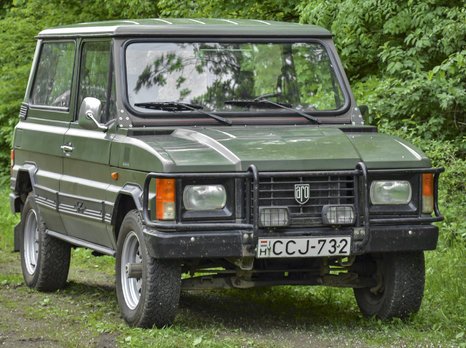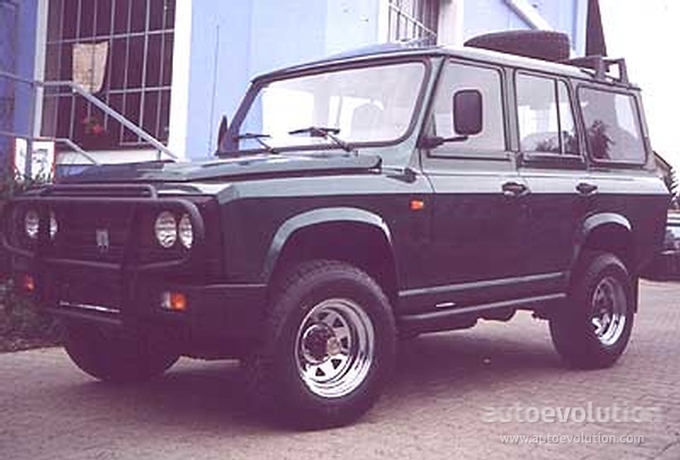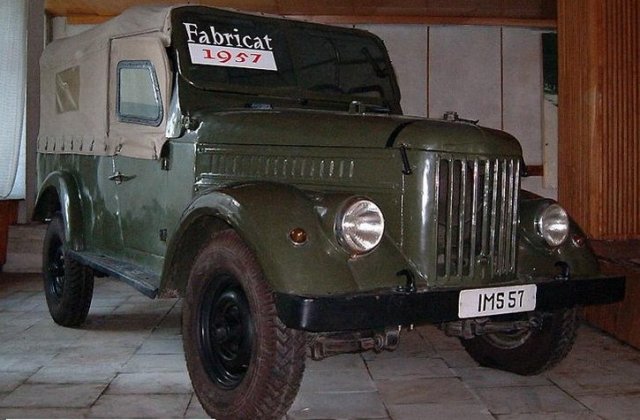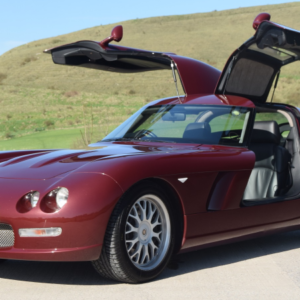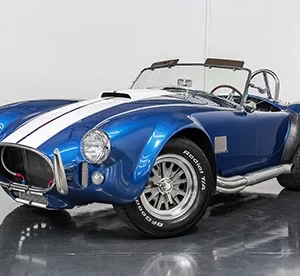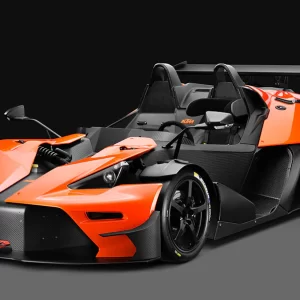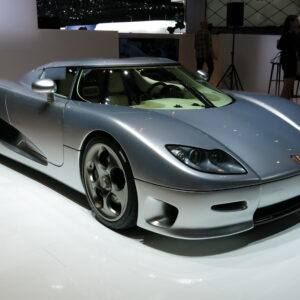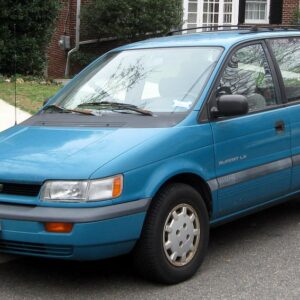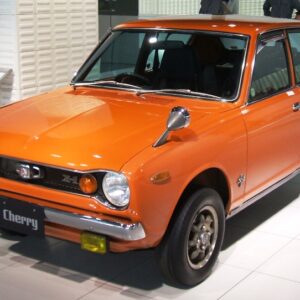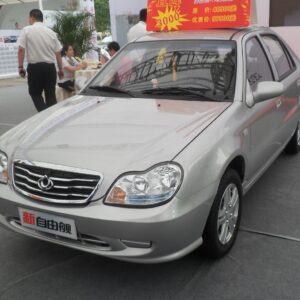ARO 10 (1980 – 2006) Overview
The ARO 10, produced from 1980 to 2006, is a significant model in the Romanian automaker ARO’s lineup, known for its off-road vehicles. Unlike its larger counterparts in the ARO 24 series, the ARO 10 was designed as a smaller, more versatile off-road vehicle, offering a blend of off-road capability with a more manageable size for daily driving. Over its production life, the ARO 10 underwent various modifications and was offered under several names and configurations, including the ARO 10 Spartana, and in some markets, it was known as the Dacia Duster, not to be confused with the later Renault/Dacia SUV of the same name.
Design and Engineering
The ARO 10 featured a design focused on functionality and durability, with a body style that included both two-door and four-door variants, as well as a convertible version. Its boxy shape and rugged appearance were typical of off-road vehicles of the time, and its construction was robust enough to handle challenging terrains. The ARO 10’s smaller size compared to the ARO 24 series made it more suitable for a broader range of applications, including urban driving.
Performance and Powertrain
Initially equipped with a variety of four-cylinder engines, both petrol and diesel, the ARO 10 offered sufficient power for off-road excursions while maintaining reasonable fuel efficiency for daily use. Throughout its production, the ARO 10 saw updates to its engine lineup to improve performance and comply with emission standards. The vehicle was equipped with a manual transmission and featured a four-wheel-drive system with high and low gears, enhancing its off-road capability.
Capabilities and Use
The ARO 10 was celebrated for its ability to navigate rough terrain, thanks to its high ground clearance, durable suspension, and 4×4 drivetrain. It was used in various capacities, from personal off-road recreation and daily driving to serving in utility and emergency services roles in some regions. Its versatility and durability made it a popular choice in markets where rugged terrain and challenging driving conditions were common.
Legacy
The ARO 10’s long production run is a testament to its enduring design and practicality. It played a crucial role in establishing ARO’s reputation in the off-road vehicle market, both domestically and internationally. Even though it was less known globally compared to some of its contemporaries, the ARO 10 remains a beloved model among off-road enthusiasts and collectors, especially in Eastern Europe.
Conclusion
The ARO 10 represents an important chapter in the history of Romanian automotive manufacturing, offering a blend of off-road capability and practicality that appealed to a wide range of users. Its legacy continues to be celebrated by those who appreciate the rugged, utilitarian vehicles of the past.
FAQs about the ARO 10 (1980 – 2006)
Q: What engine options were available for the ARO 10?
A: The ARO 10 was offered with a range of four-cylinder petrol and diesel engines, varying in displacement and power output over its production run.
Q: Was the ARO 10 sold under any other names?
A: Yes, in some markets, the ARO 10 was known as the Dacia Duster. It was also sold under various model names, such as the ARO 10 Spartana, depending on the configuration and market.
Q: Can the ARO 10 be used as a daily driver?
A: While designed primarily for off-road use, the ARO 10’s smaller size compared to other ARO models made it more manageable for daily driving, especially in rural areas or regions with challenging road conditions.
Q: Is it difficult to find parts for the ARO 10 today?
A: Finding parts can be challenging, especially outside of Eastern Europe, but enthusiast communities and online forums can be valuable resources for owners seeking maintenance and restoration advice.
Q: How does the ARO 10 compare to other off-road vehicles of its era?
A: The ARO 10 offered a unique blend of off-road capability and practicality, making it a versatile option for those needing a vehicle that could handle both daily driving and more demanding off-road adventures. Its durability and ease of repair made it a favored choice in regions with less developed infrastructure.
